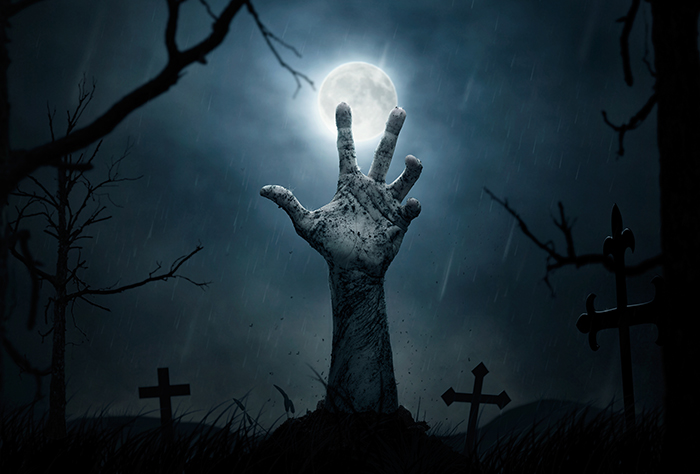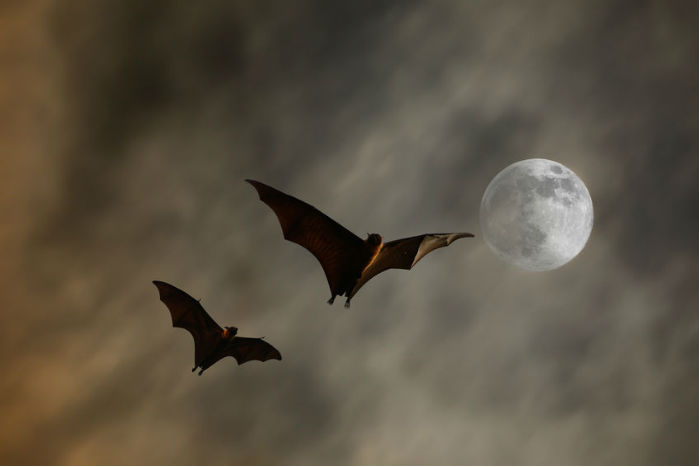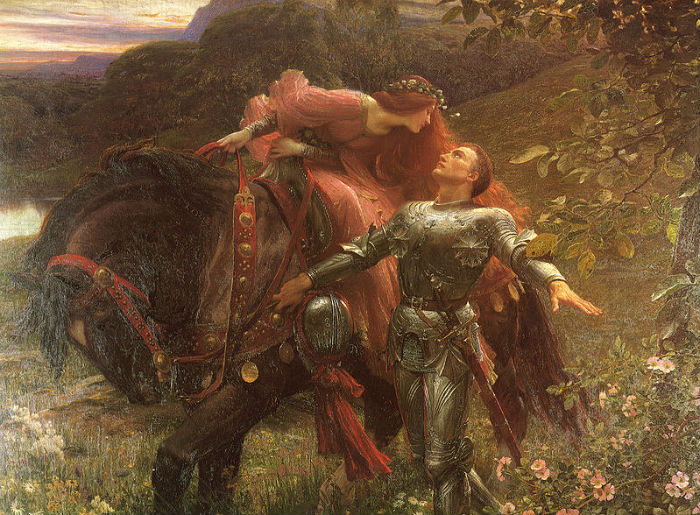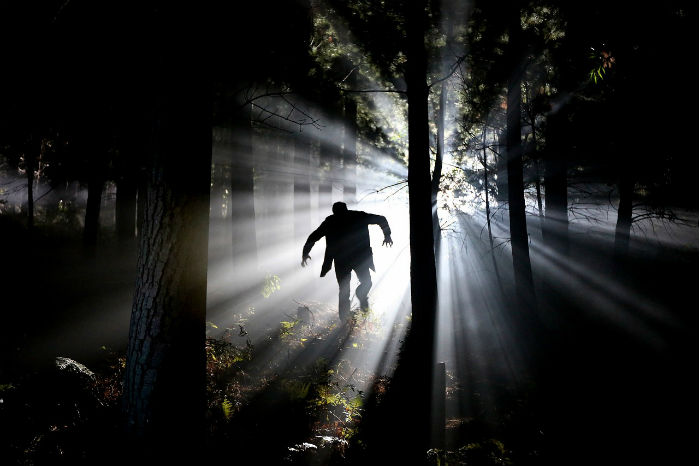Four monster facts for a spooky Halloween
Posted on 26 October 2018
Zombies

Dr Ruth Penfold-Mounce, expert in Death and corpses from the Department of Sociology, said: "Did you know that zombies are one of the only supernatural beings that do not have superpowers other than being able to move despite being dead?
"Lets face it, if you are going to come back as the undead, you don’t want to be a zombie. Zombies are walking corpses that lack individuality or a sense of self. They embody a deep-seated fear of losing our self-identity as well as being flesh-consuming predators.
"Interestingly zombies are undergoing a renaissance of sorts where they are a metaphor for social issues including health and illness, class and mobility, food taboos and even terrorism. Zombies might lack superpowers or a personality but they have become a vital vessel for examining the world around us."
Vampires

Dr Lydia Zeldenrust, expert in medieval literature from the University's Department of English and Related Literature, said: "It may surprise you to learn that vampires are relatively new on the scary creatures-scene.
"Though there are some figures in Classical and medieval traditions who drain one’s life force, like the succubus or the Spanish bruja – a witch with a taste for children’s blood and roasted babies – real vampires do not emerge until the late 18th century.
"Though initially known mainly from Eastern European legends, with long-dead figures like Vlad Tepeș and Elizabeth Bathory, vampires were soon everywhere and with every reported sighting they also accumulated increasingly more dangerous attributes.
"Bram Stoker’s Dracula, for instance, not only drinks blood but he also has superhuman senses, can scale walls, and transforms into various animals, including a bat and a large hound.
"But life as a vampire is not as enticing as it may seem – modern media often depict them as melancholic and tormented, as the price for their eternal life is a hunger that can never be satisfied."
Femmes fatales

Dr Deborah Russell, expert in gothic fiction, from the University's Department of English and Related Literature, said: "Supernatural monsters are not always as easy to categorise as the witch or the vampire.
"Early nineteenth-century poetry, for example, introduces strange, enigmatic female figures who are seductive and terrifying in equal measure.
"In John Keats's ballad ‘La Belle Dame Sans Merci’, a beautiful lady takes the speaker to her “Elfin grot” and lulls him to sleep. He dreams that “pale kings” cry out a “horrid warning”: “La Belle Dame sans Merci / Hath thee in thrall!”
"When he awakens to nothing but the “cold hill’s side”, we’re left wondering whether this was an encounter with a demonic seductress or something else. Is “La Belle Dame” a symbol of unattainable desire, perhaps?
"Similarly, in Samuel Taylor Coleridge’s Christabel, when the title character invites the sinister Geraldine into her bedchamber, the physical marks that might reveal Geraldine’s nature are described as a “sight to dream of, not to tell.”
"Some have speculated that this is the first lesbian vampire narrative, but we’re never given enough information to be sure. And perhaps the not-knowing is why these figures haunt us: Lord Byron commented that Coleridge’s poem “took a hold on my imagination which I shall never wish to shake off."
Frankenstein

Dr Mary Fairclough from the University's Centre for Eighteenth Studies, said: "Did you know that Mary Shelley never revealed how Victor Frankenstein animates his creature?
"Even though Frankenstein films show us spectacular electrical effects and lightning strikes, the novel is much more ambiguous. As Victor himself tells us, if he revealed his secret to anyone, we would all be trying to animate a creature of our own.
"In Frankenstein, Shelley declares that Victor is an expert in "chemistry, in the most comprehensive sense of the term." But chemistry 200 years ago was an obscure science, which carried traces of older ideas of alchemy and magic as well as new connections with electricity and biology.
"In the very short animation scene Shelley provides just enough information to suggest Victor conducts a chemical reaction, but we are never allowed to know the details."
